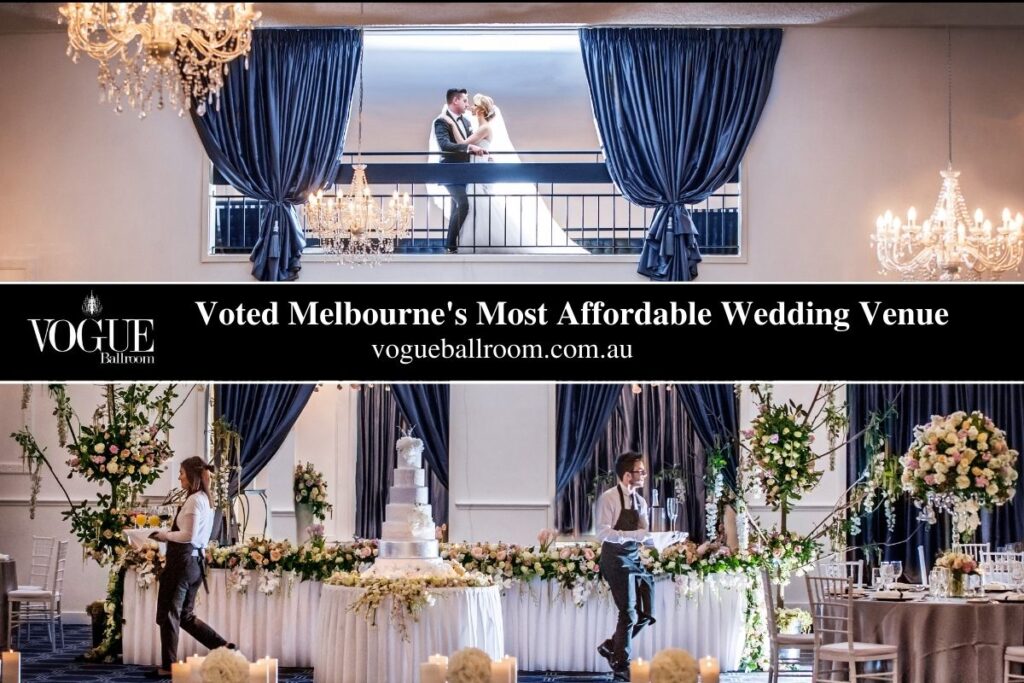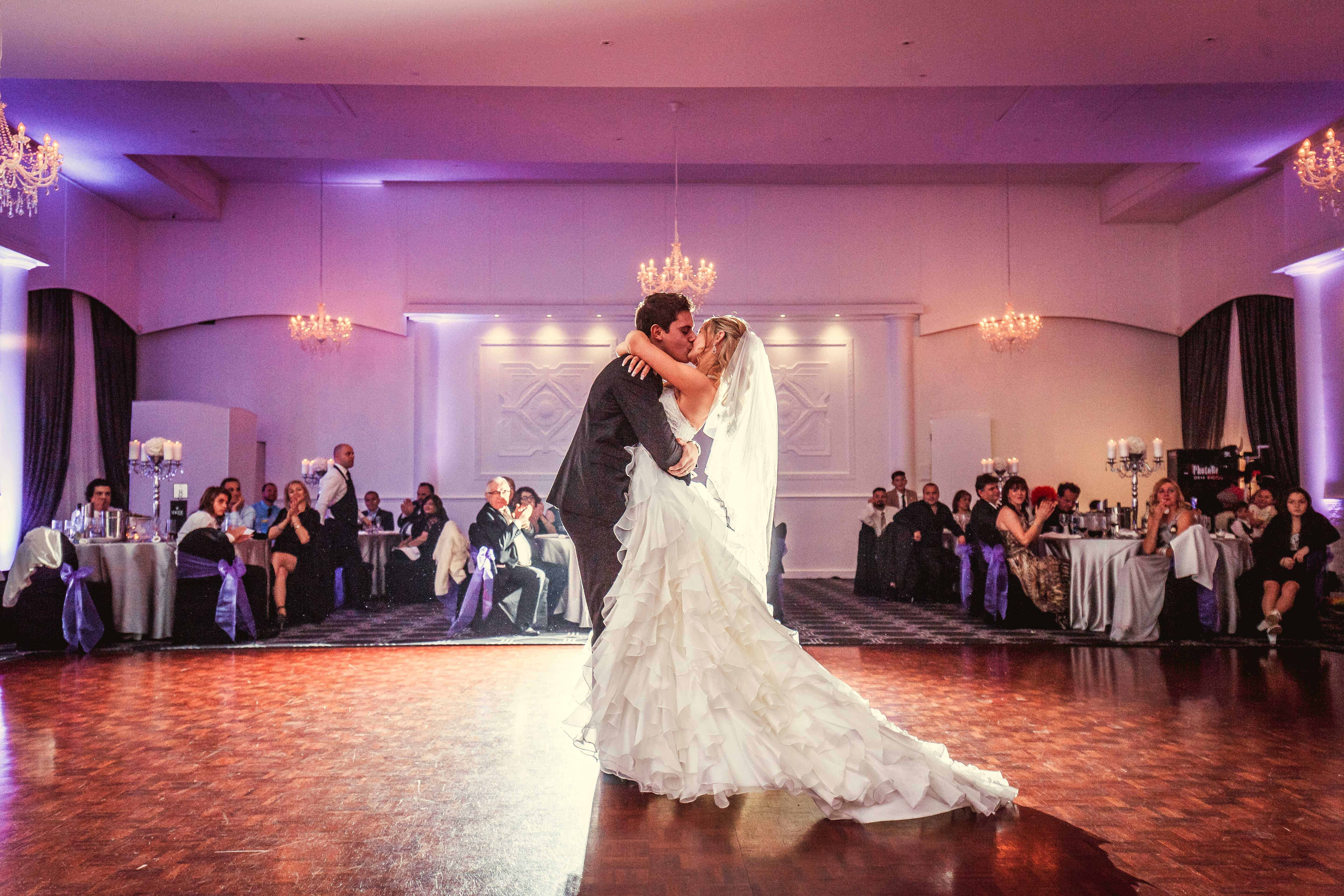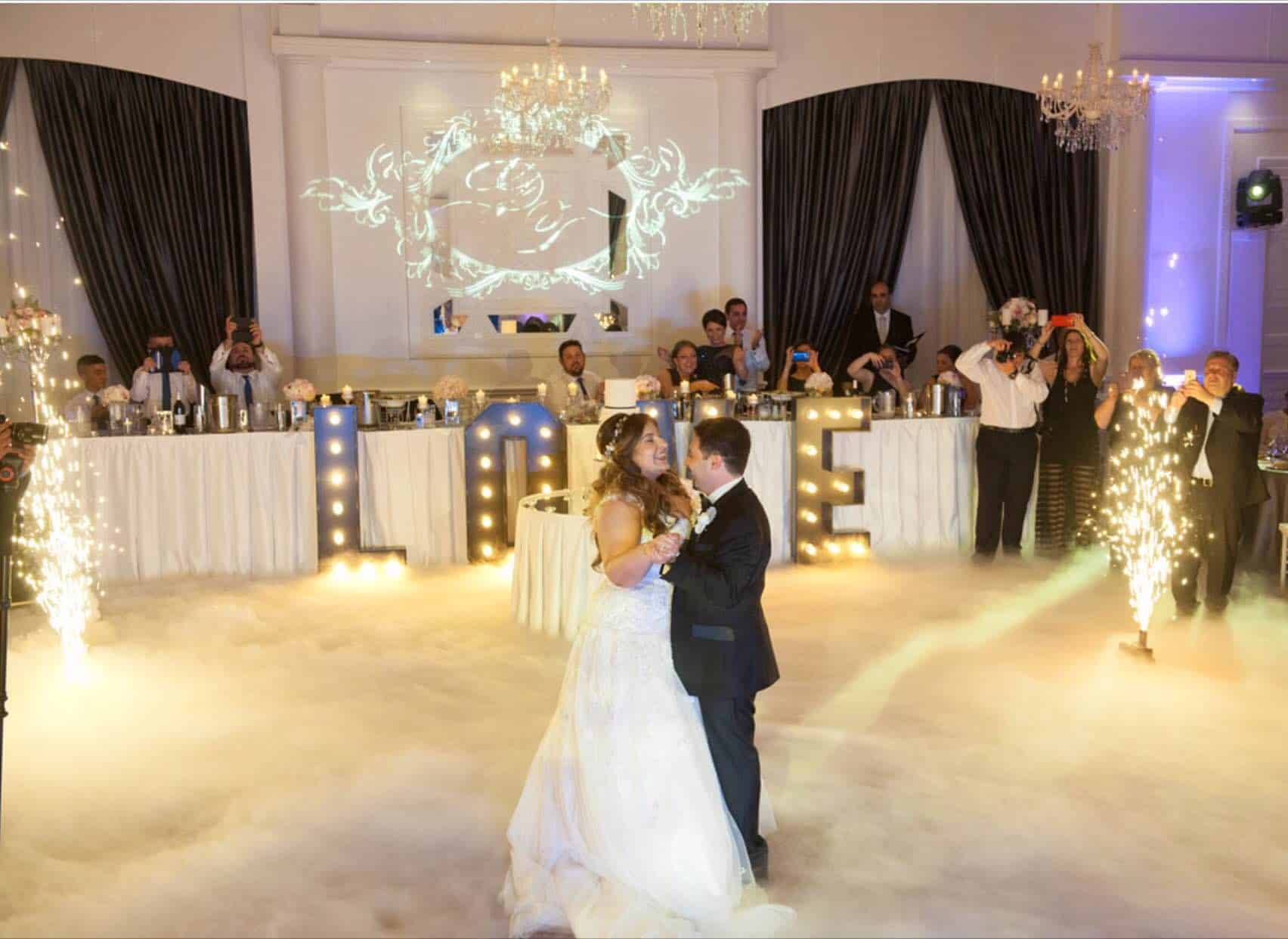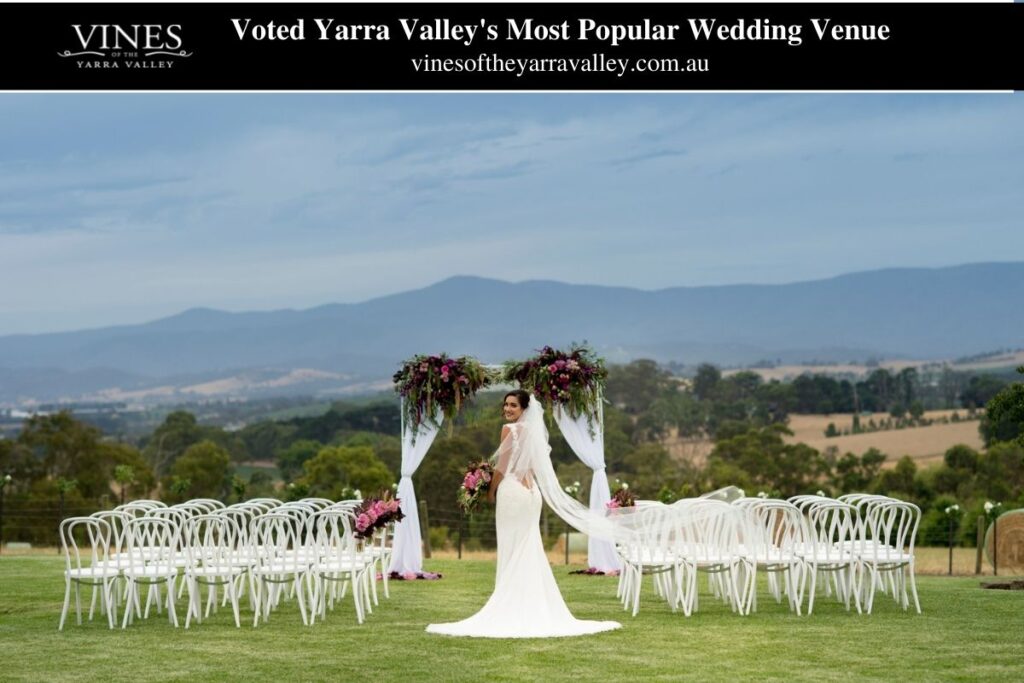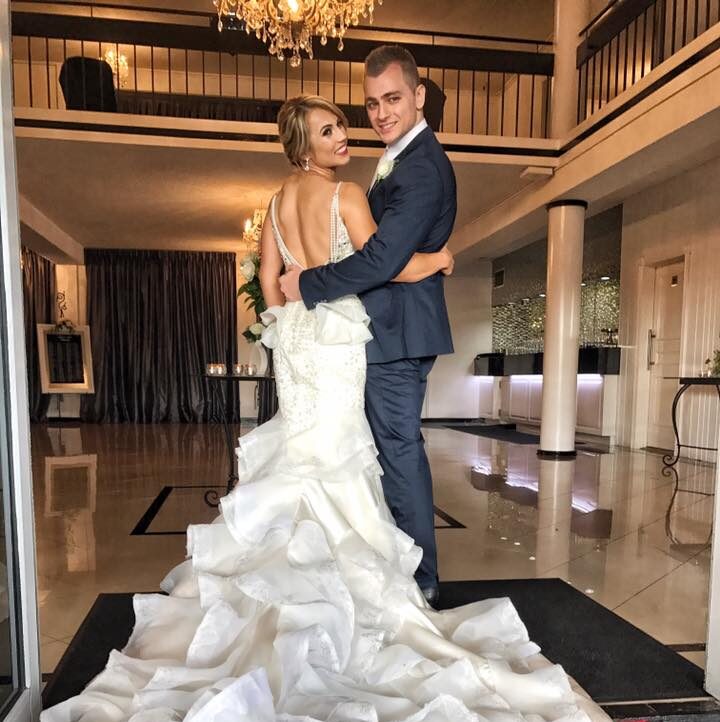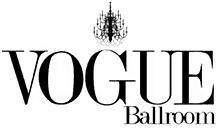When it comes to planning your wedding, one of the biggest decisions is whether or not to include a dance floor. It’s a staple for many wedding receptions, but let’s face it — it’s not always necessary. Some couples love to dance, while others prefer a quieter, more relaxed celebration. The key is figuring out what works for you and the vibe you want to create.
A dance floor can add energy, encourage guests to mingle, and give your wedding reception that fun, lively atmosphere. But if dancing isn’t high on your list, there are plenty of other ways to keep your guests entertained without one.
I’ll walk you through the pros and cons of having a dance floor and alternatives to consider. You’ll know exactly what’s right for your wedding day by the end. Let’s dive in!
Why You Should Consider a Dance Floor for Your Wedding Reception
The Role of a Dance Floor in the Wedding Atmosphere
At my wedding at Vogue Ballroom, the dance floor was the heart of the reception. It wasn’t just a space to dance; it was where the celebration came alive. Without it, the reception would have lacked that special energy that everyone remembers. A dance floor invites your guests to come together and celebrate, setting the tone for the evening.
Pros of Having a Dance Floor at Your Wedding
1. Encourages Dancing
A dance floor provides a designated space where everyone feels comfortable letting loose. I remember at my wedding, once the DJ played the first song, the floor was instantly packed. Without a dance floor, it can be difficult to get people dancing or to keep the energy up.
2. Creates a Sense of Occasion and Aesthetic
The dance floor can totally change the look of your reception. At Vogue, the dance floor became a focal point, adding energy and style to the entire room. Whether you choose a classic wooden floor or an LED-lit one, a dance floor can elevate your wedding’s aesthetic and vibe.
3. Provides a Safe Space for Dancing
Especially for outdoor weddings or events with uneven ground, a dance floor ensures safety. Dancing on wet grass or rough surfaces can be dangerous, but a solid, level floor helps guests enjoy themselves without worrying about slipping or falling.
4. Enhances Live Entertainment
A dance floor is a game-changer for your DJ or live band. It gives them a space to connect with the crowd and helps build the energy in the room. During our wedding, the live band thrived with the dance floor as their stage, encouraging everyone to get involved.
5. Promotes Guest Interaction
One of the best things about a dance floor is how it encourages guests to mingle. At my wedding, people who didn’t know each other were sharing laughs and dancing together. The dance floor naturally brings people together, fostering interaction and creating lasting memories.
6. Looks Great in Photos
A well-lit dance floor is perfect for capturing beautiful wedding moments. Whether it’s your first dance or a fun group shot, the dance floor serves as an elegant backdrop for those unforgettable photos. It makes every moment on it feel more special and visually striking.
Deciding If a Dance Floor Is Necessary for Your Wedding
Factors to Consider When Choosing a Dance Floor
When you’re deciding whether or not to include a dance floor, there are several things to weigh up. First, think about your venue. Does it already have a built-in dance floor, or will you need to rent one? If your venue provides a dance floor as part of the package, you might not need to think twice. However, if they don’t, you’ll need to consider the additional cost of renting one.
Also, take a moment to think about your guest list. A larger wedding typically benefits from a dance floor because it encourages more interaction, but if you’re keeping it small and intimate, it may not be necessary.
During my wedding, we had a mix of guests, some of whom loved to dance, while others were content to watch from the sidelines. The dance floor provided a space for both groups to feel comfortable.
Budgeting for Your Dance Floor
A dance floor is an added expense, so it’s crucial to figure out if it fits into your wedding budget. In my case, we initially thought about skipping it to save money, but we quickly realised that it would’ve affected the energy of our reception. The cost of a dance floor rental varies based on size, style, and your venue’s location, so make sure to get a few quotes before making a final decision.
If you’re on a tight budget, you may find that skipping the dance floor can free up funds for other areas like catering or decor. However, if dancing is an important part of your wedding celebration, it might be worth investing in one.
Dance Floor Alternatives and Creative Wedding Reception Ideas
Fun Alternatives to a Traditional Dance Floor
If dancing isn’t your thing, or you’re not keen on the expense of a dance floor, there are plenty of fun alternatives to keep your guests entertained. Consider setting up a lounge area with comfy seating, cozy lighting, and a few interactive games to get everyone mingling. Think giant Jenga, trivia games, or even a photo booth to capture the fun moments.
At a recent wedding I attended in Melbourne, the couple opted for a live acoustic band and set up a relaxed outdoor garden area instead of a dance floor. The guests loved it — they spent the evening chatting, sipping cocktails, and listening to mellow tunes. Not every wedding needs a traditional dance floor, and there are plenty of creative alternatives that can provide the same fun and energy.
Creating a Fun Wedding Reception Without a Dance Floor
If you’re leaning towards skipping the dance floor, don’t worry — your wedding can still be a blast. One option is to focus on creating a lively atmosphere with a variety of entertainment. A great live band or DJ playing upbeat music can keep the energy flowing even without a dedicated dance area.
Another idea is to have an activity everyone can participate in, like a group karaoke session or a themed costume party. You might even want to consider hiring entertainment like a magician, comedian, or caricature artist to add a bit of flair to the evening.
Choosing the Right Dance Floor for Your Wedding
Popular Dance Floor Options for Weddings
When choosing a dance floor, you’ll find plenty of options to suit different wedding themes and budgets. From classic wooden floors to high-tech LED-lit dance floors, there’s something for every style.
For a traditional or rustic wedding, a wooden or parquet dance floor is often a great choice. It adds a timeless, elegant look and works well in many venues. I’ve seen some beautiful wooden dance floors at venues around Melbourne that give the reception a warm and welcoming atmosphere.
If you’re going for a more modern or glamorous vibe, you might want to consider an LED or starlit dance floor. These floors light up and can even change colours to sync with the music, creating a dynamic effect that really amps up the energy. I’ve seen this type of dance floor at several city weddings, and it always gets guests talking.
For a minimalist or contemporary look, vinyl dance floors can be an excellent option. They can be customised with monograms or designs and tend to be a more affordable choice compared to LED or wooden options.
Outdoor and Marquee Dance Floors
For outdoor weddings, like garden or beach ceremonies, having a dance floor can make all the difference. Melbourne’s weather can be unpredictable, and natural surfaces like grass are not ideal for dancing. A sturdy outdoor dance floor will keep your guests comfortable and safe, no matter the weather.
During one of my recent weddings in the Yarra Valley, they set up a beautiful wooden dance floor under the marquee, which kept the guests comfortable even when the grass was a bit damp after an afternoon shower. These dance floors are specifically designed to handle outdoor conditions and are often built to be more durable and weather-resistant.
If you’re thinking about a marquee wedding, keep in mind that installing a dance floor on uneven ground can be tricky. You’ll want to make sure the surface is level and stable, so guests don’t trip or feel uncomfortable.
How to Determine the Right Dance Floor Size for Your Wedding
Wedding Dance Floor Size Guidelines
Choosing the right size for your dance floor is crucial for both comfort and safety. The general rule is that around 30-50% of your guests will be on the dance floor at any given time. So, it’s important to plan accordingly based on your guest count.
Here’s a rough guide for dance floor sizes:
- For 60 guests: A 10×10 feet (approx. 3×3 meters) dance floor should be enough.
- For 100 guests: A 12×12 feet (approx. 3.6×3.6 meters) floor works well.
- For 150 guests: A 15×15 feet (approx. 4.5×4.5 meters) dance floor is ideal.
- For 200 guests: You’ll want a 18×18 feet (approx. 5.5×5.5 meters) dance floor.
Keep in mind that these are just guidelines, and you should also factor in the layout of the rest of your venue and how much space you want for other activities like seating and food.
Common Sizing Mistakes to Avoid
When planning your dance floor size, it’s easy to either go too big or too small. If your floor is too small, guests will feel cramped, and the space will feel crowded. On the other hand, a floor that’s too large can make the space feel empty and awkward. Try to find a balance that allows for plenty of movement without overwhelming the room.
In my experience, a medium-sized floor (large enough for about 50% of your guests) is generally the sweet spot, especially if you’re planning to have other activities in the same room.
Wedding Dance Floor Costs: What to Expect
Average Costs of Hiring a Dance Floor
The cost of renting a dance floor can vary significantly depending on factors like size, style, and location. For example, a basic wooden or vinyl dance floor can cost anywhere from $250 – $600 AUD for a 16×16 ft (5×5 meters) floor, while a more elaborate LED starlit floor can run you around $700 – $1,000 AUD or more.
If you’re getting married at a venue that provides dance floors, you might be able to bundle it into your overall package and save on additional fees. However, if you’re renting one separately, keep in mind the additional costs for setup, delivery, and pick-up, especially if you’re hosting an outdoor wedding.
Ways to Save on Dance Floor Costs
If you’re on a budget, there are a few ways to save on your dance floor rental. For example, choosing a simpler dance floor option like a classic wooden or vinyl floor instead of a fancy LED version can help you cut costs.
If your venue already offers a dance floor as part of the package, you can save by simply using that instead of renting a separate one. You could also consider cutting down on the size of the dance floor if you have a smaller guest list or don’t plan on dancing much.
Outdoor and Marquee Dance Floors
Why Outdoor Weddings Benefit from a Dance Floor
For outdoor weddings, a dance floor is essential. Melbourne’s unpredictable weather can make grass or dirt uncomfortable to dance on, especially if it rains. I worked on a wedding in the Dandenong Ranges, where a wooden dance floor was set up under a marquee. Despite a drizzle, guests stayed comfortable and danced the night away. Without a floor, things could have gotten messy.
Challenges of Marquee Dance Floors
Setting up a dance floor in a marquee can be tricky, especially if the ground is uneven. It’s important to ensure the surface is level to avoid accidents. A durable, outdoor-ready floor is essential for a smooth installation.
Dance Floors and Entertainment
Dance Floors as Part of Wedding Entertainment
A dance floor is vital for creating energy at your wedding. I’ve seen weddings where, without a defined space for dancing, the atmosphere can fall flat. When we added a dance floor to a wedding, it brought everyone together. Your DJ or live band needs that space to keep the energy high and the crowd engaged.
For Seamless Transitions with a Live Band or DJ
If you’re using both a live band and DJ, a dance floor helps the transition between performances feel smooth. At a recent wedding, the band played the first few songs, and the transition to the DJ was seamless because the dance floor gave both performers and guests a space to keep the energy going.
Dance Floors and the First Dance
Why a Dance Floor is Perfect for Your First Dance
Your first dance deserves a dedicated space. It’s a moment that stands out in wedding photos, and the dance floor provides the perfect backdrop. When I had my first dance, the floor sparkled under the lights, creating a beautiful atmosphere that my guests still talk about.
Trends Regarding First Dances and the Dance Floor
More couples are skipping the first dance (from 72% in 2019 to 65% in 2022), but having a dance floor still adds flexibility. If you decide not to have a first dance, you can open the floor to everyone or even hold a fun group dance after.
What If You Still Can’t Decide?
Making the Decision on the Day
If you’re unsure about a dance floor, you can decide on the day itself. Sometimes, seeing the space come together can make the decision clearer.
First Dance for Everyone
If you’re nervous about the first dance, consider a “first dance for everyone” to get everyone involved and take the pressure off. It’s a great way to get the party started without focusing solely on you and your partner.
Final Considerations: Is a Dance Floor Right for You?
When it comes to whether or not you need a dance floor, the decision really comes down to your wedding vision. If dancing is an important part of the celebration, then a dance floor is a must. It helps encourage guest interaction, creates a fun atmosphere, and provides a great space for entertainment.
However, if you’re not keen on dancing or want a more relaxed reception, you might find that a dance floor isn’t necessary. Many couples opt for alternative entertainment options, such as games, photo booths, or acoustic music, which can keep the fun going without needing a dedicated dance space.
Ultimately, think about your guests, the size of your venue, and what kind of wedding you want to create. A dance floor may be the perfect fit, or it might not be essential — and that’s completely okay!
Not having a dance floor can still lead to an incredible wedding experience. A couple I recently worked with decided against one because they wanted a quieter, more intimate vibe. Instead, they focused on a stunning outdoor cocktail hour and set up a lounge area where guests could relax and chat. It ended up being one of the most memorable parts of the evening.
If you’re unsure, consider speaking with other couples who didn’t have a dance floor. Many couples say they didn’t miss it because they focused on different aspects of the celebration. A relaxed reception with good food, great company, and a few other creative elements can be just as enjoyable!

